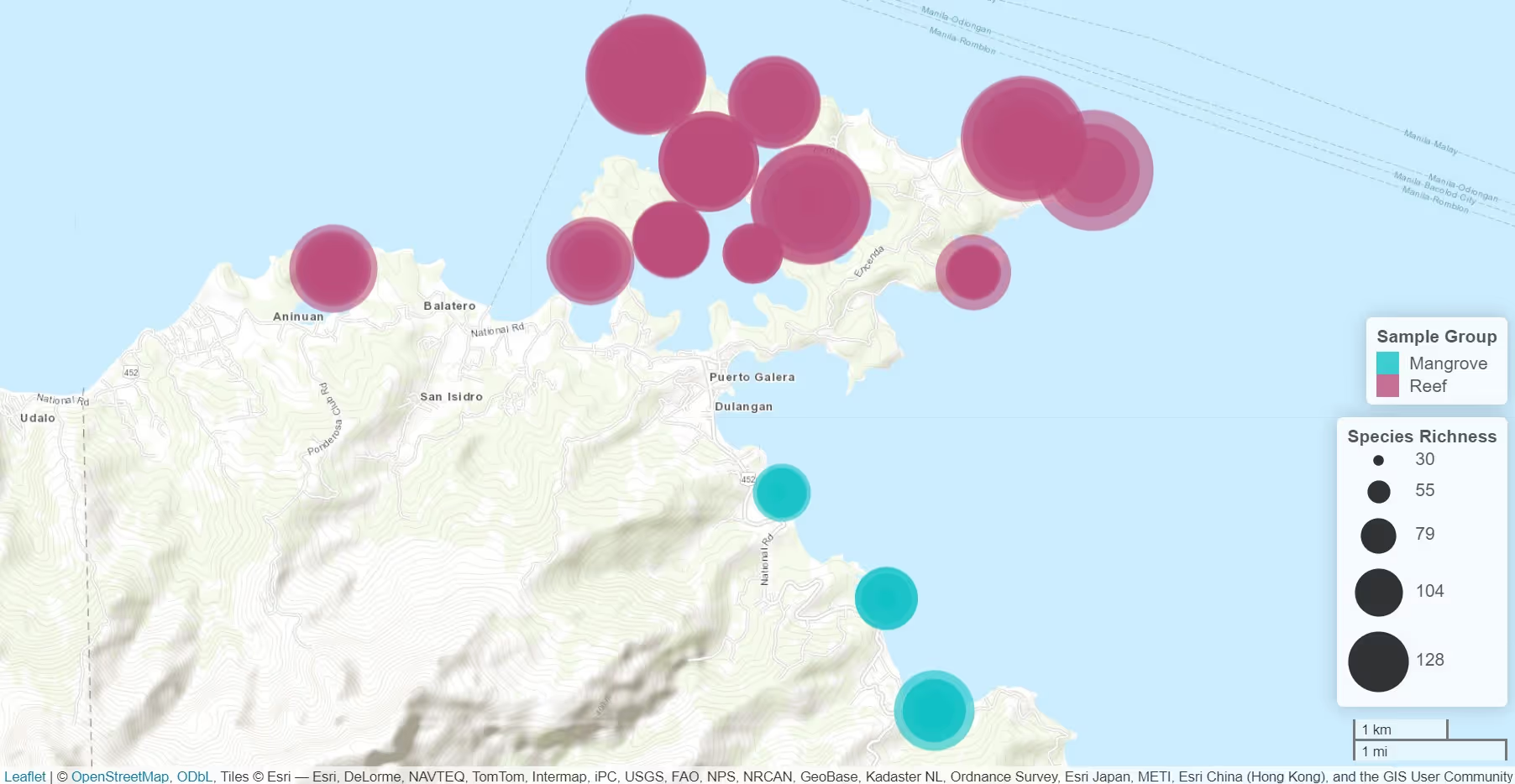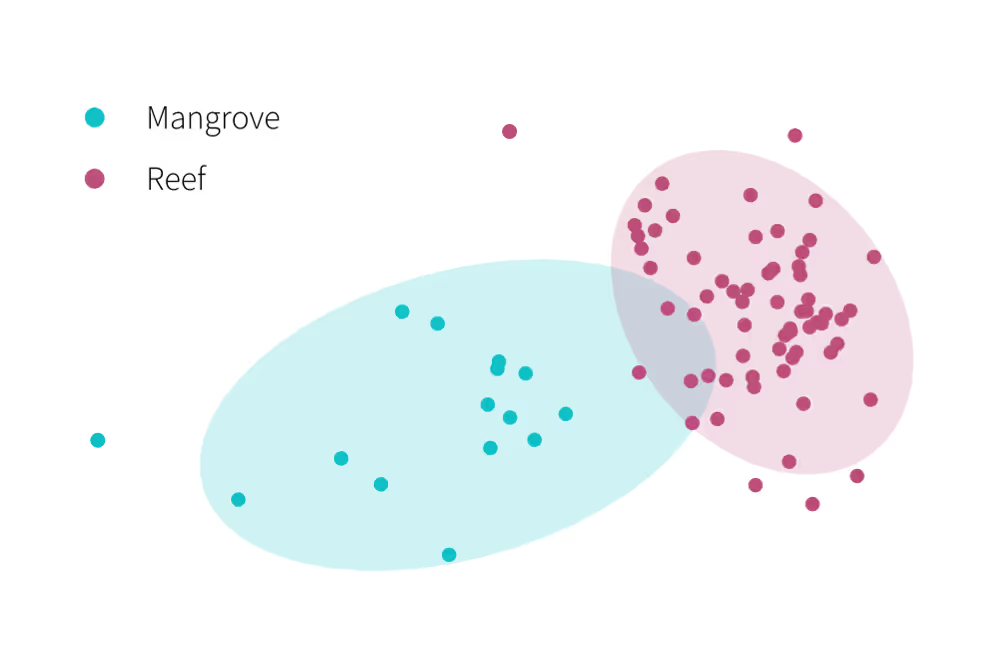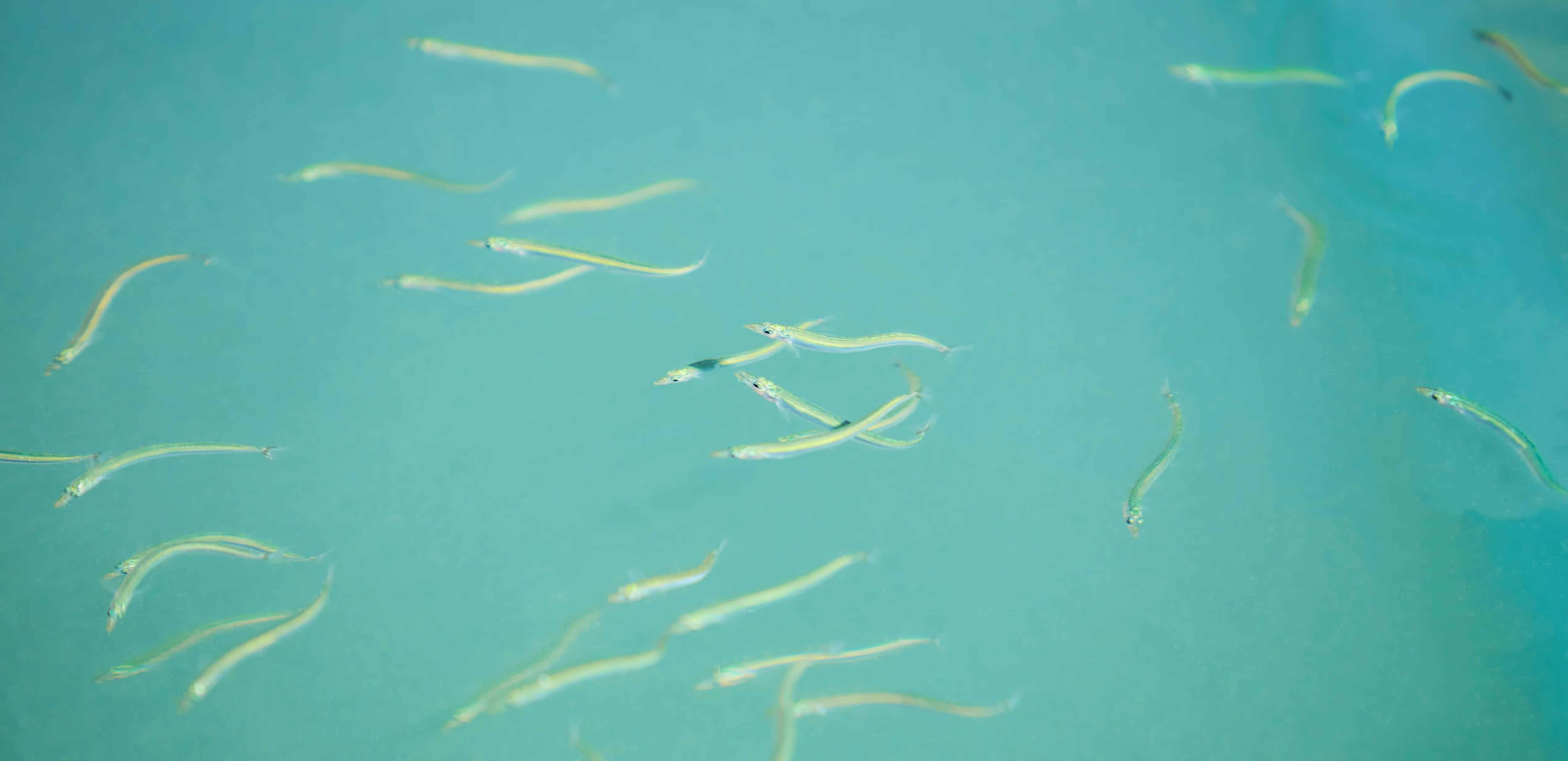Invertebrate Surveys at Winwick Wind Farm

A collaboration between
Project Snapshot
Overview
- WFE used our invertebrate metabarcoding service as a way of analysing diverse insect samples collected at a wind farm.
- In total, we identified 144 unique taxa from the ten samples, most of which were identified to species level.
- The data acquired allowed WFE to assess the condition of grassland field margins that are managed as part of the Habitat Improvement Plan for the site.

The Challenge
Wild Frontier Ecology (WFE) was commissioned to undertake invertebrate surveys as part of the post-construction monitoring of a new wind farm in Northamptonshire.
Their aims were to:
- Help inform an assessment of the condition of grassland field margins that are managed as part of the Habitat Improvement Plan for the site.
- Monitor prescribed terrestrial invertebrate sampling in years 1, 3, 6 and 9 following the construction of the wind farm, with surveys taking place in the second and third quarters of each year.
- Trial DNA metabarcoding as an efficient way of analysing the diversity of the samples.

Our Role
- Five survey locations were identified in order to cover variations in the grassland habitat. At each survey point a flying insect trap was deployed, with three pitfall traps placed one metre from this in a triangle formation.
- These collected samples were sent off to our labs where the analysis followed our ‘invertebrate identification from bulk sample’ pipeline.
- Each sample of insects was ground up into a fine powder and the DNA was extracted, amplified and sequenced. Sequences were processed by our in-house bioinformaticians and compared against a DNA sequence library of UK invertebrate species to assign taxonomy.
- A detailed and easy-to-read report presenting our findings was returned to the client.

The Findings
In total, we identified 144 unique taxa from the ten samples. The majority (88%) were identified to species level, with the remainder assigned to genus or family. The difference in the taxonomic composition of samples collected in June and September was clearly apparent and can be seen in the summary data shown below.
Diptera (flies) and Coleoptera (beetles) were the dominant taxa in both sampling months, but Heterobranchia (slugs) and Collembola (springtails) were much more abundant in September compared with June.
Our report included summary charts like the one below along with a species-by-sample table in MS Excel format, which can be updated with each new set of samples that are processed and can be used to perform more complex community analyses.


The Impact








.avif)